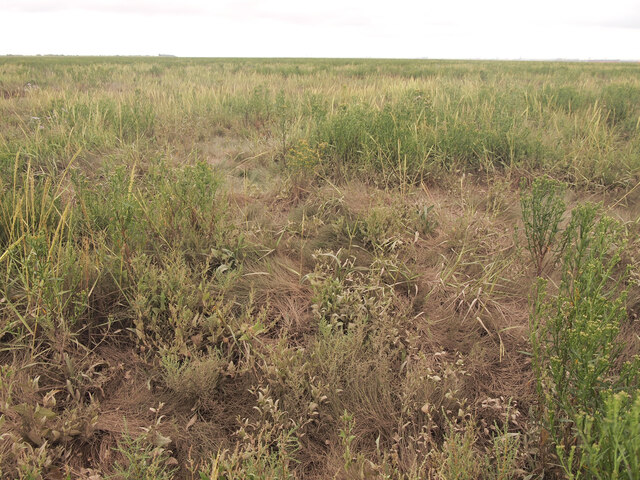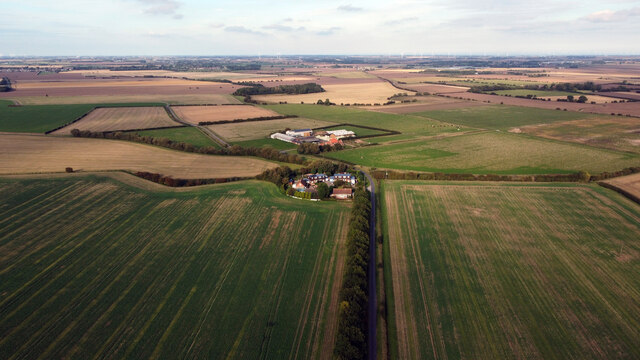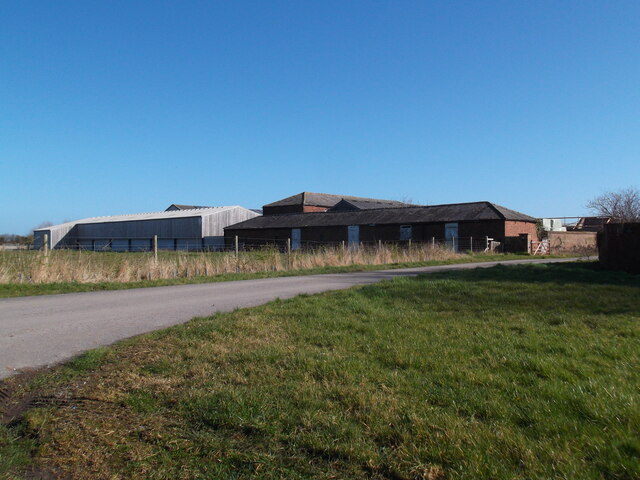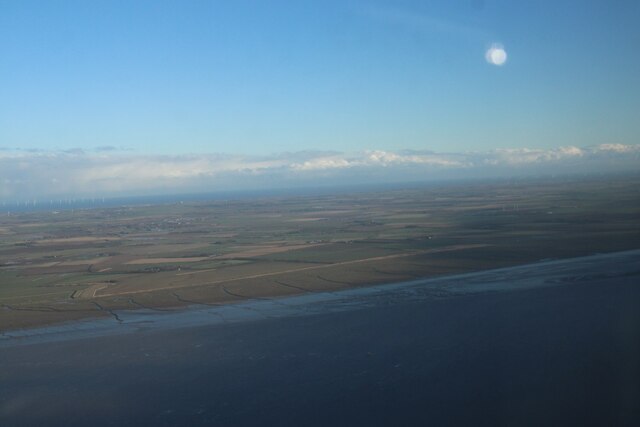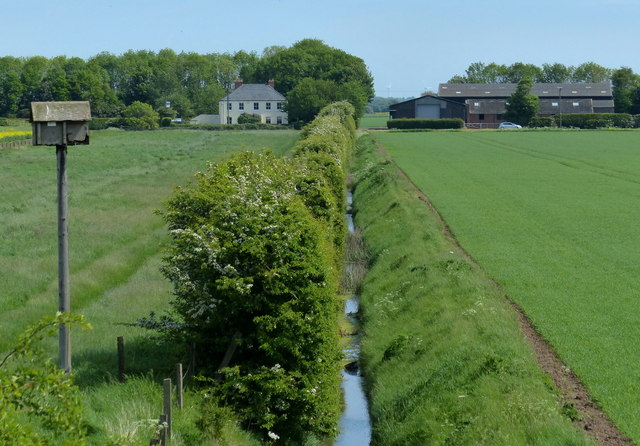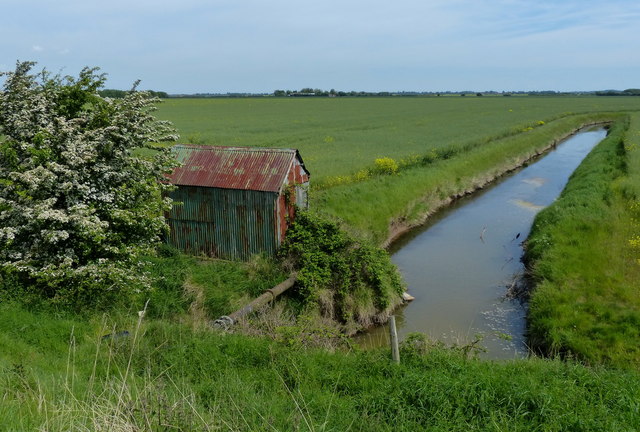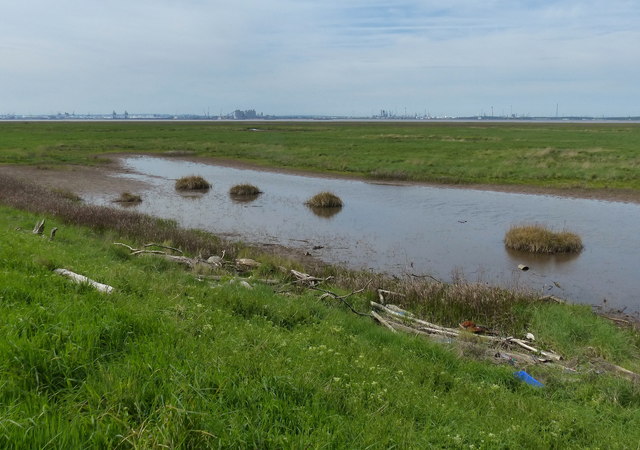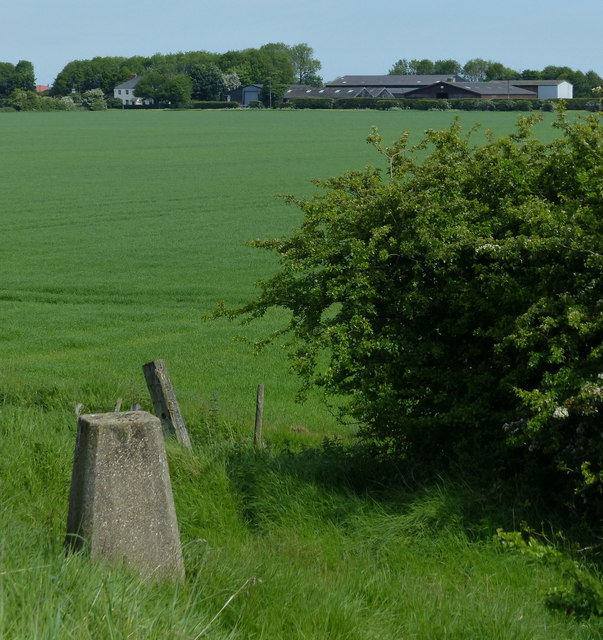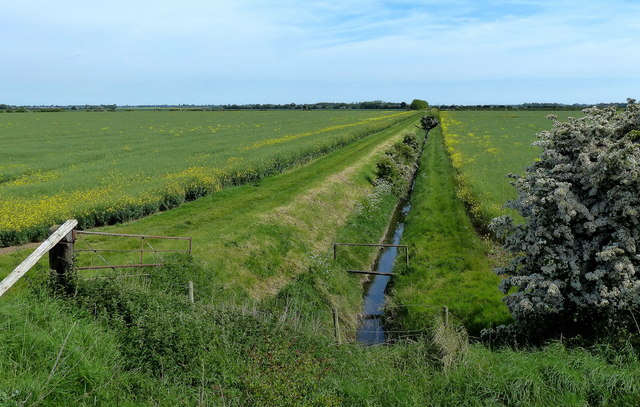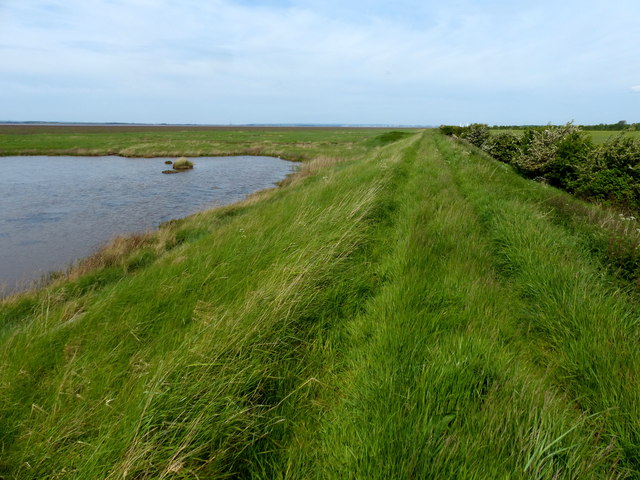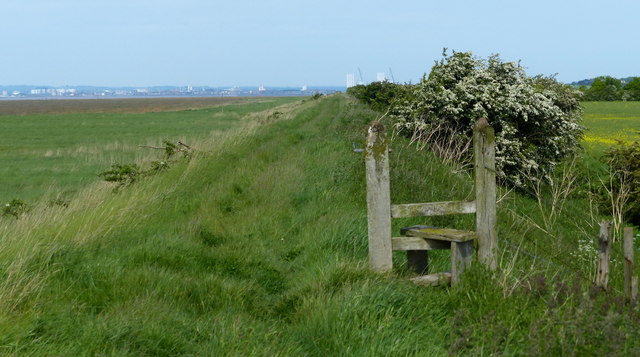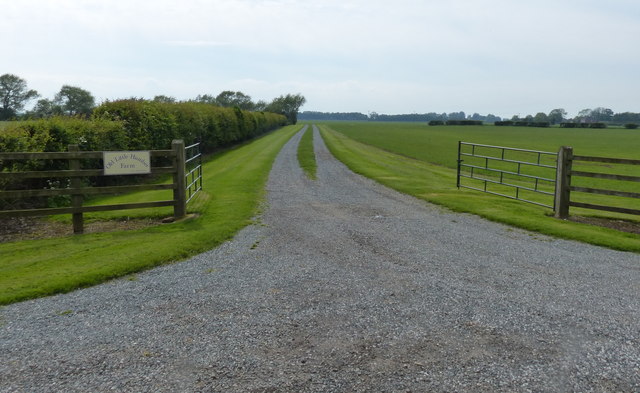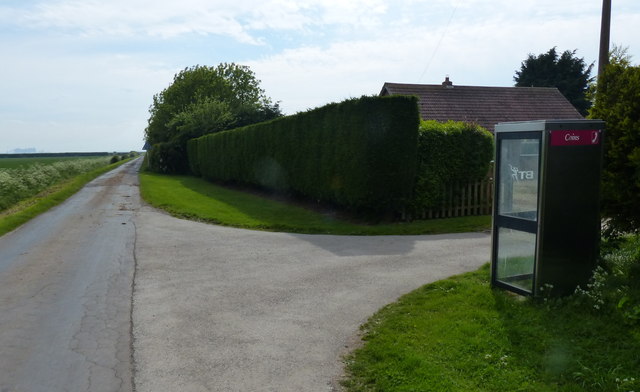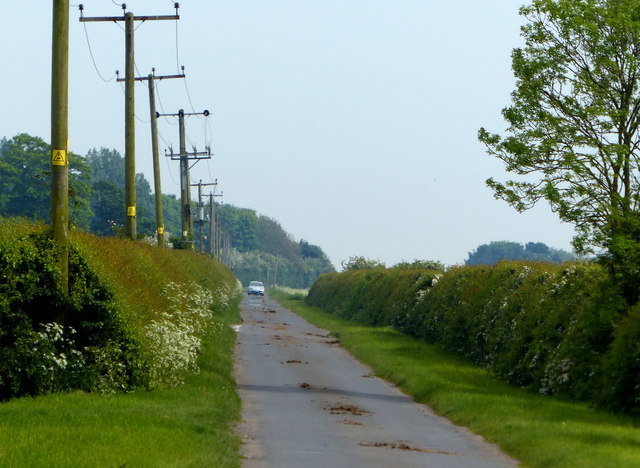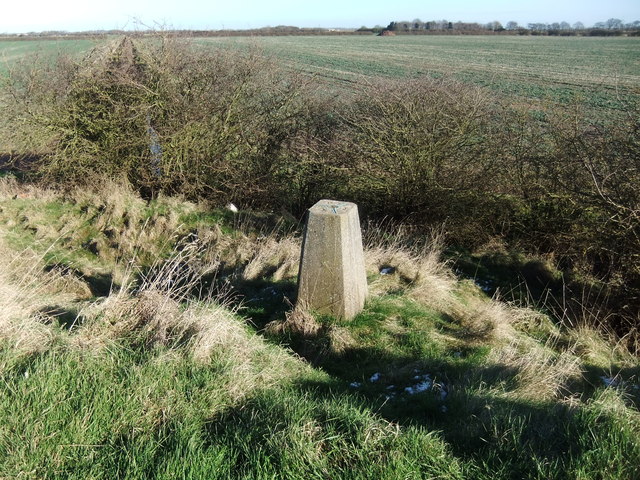Paull Holme Sands
Coastal Marsh, Saltings in Yorkshire
England
Paull Holme Sands
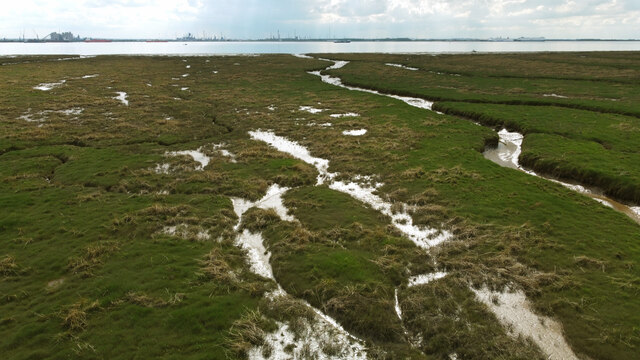
Paull Holme Sands is a coastal marsh and saltings area located in Yorkshire, England. It is an important natural habitat for a variety of bird species, including wading birds, ducks, and geese. The area is characterized by its vast stretches of salt marsh, mudflats, and sand dunes, which provide nesting and feeding grounds for the diverse bird population.
The marshland is also home to a variety of plant species, such as sea lavender and sea purslane, which thrive in the saltwater environment. The vegetation plays a crucial role in stabilizing the coastal ecosystem and providing food and shelter for the wildlife that inhabits the area.
Paull Holme Sands is a popular destination for birdwatchers and nature enthusiasts, who come to observe the diverse birdlife and enjoy the peaceful surroundings. The area is also important for its role in flood protection, helping to absorb excess water and reduce the risk of coastal erosion.
Overall, Paull Holme Sands is a valuable natural asset, providing a haven for wildlife and offering visitors the opportunity to experience the beauty of a coastal marshland ecosystem.
If you have any feedback on the listing, please let us know in the comments section below.
Paull Holme Sands Images
Images are sourced within 2km of 53.685467/-0.19265589 or Grid Reference TA1922. Thanks to Geograph Open Source API. All images are credited.

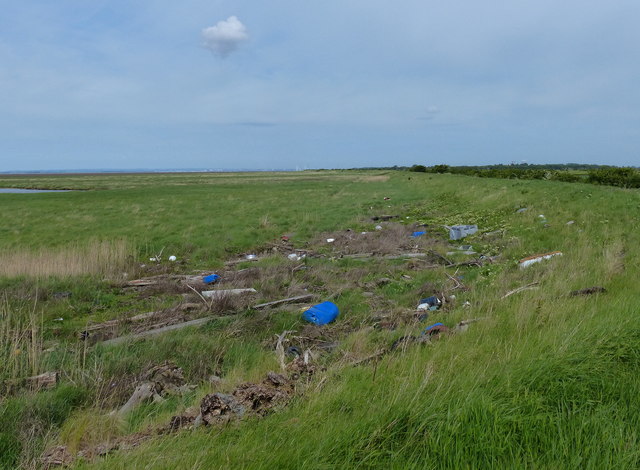
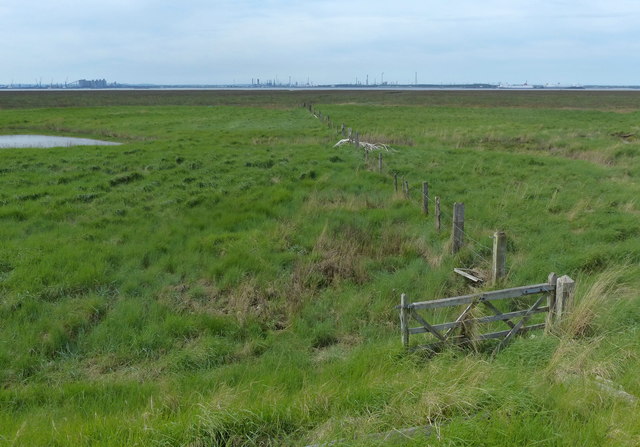
Paull Holme Sands is located at Grid Ref: TA1922 (Lat: 53.685467, Lng: -0.19265589)
Division: East Riding
Unitary Authority: East Riding of Yorkshire
Police Authority: Humberside
What 3 Words
///punt.blindfold.grit. Near Thorngumbald, East Yorkshire
Nearby Locations
Related Wikis
Paull Holme Tower
Paull Holme Tower is an unusual late-medieval fortified tower in the East Riding of Yorkshire, England. == History == The tower is part of a rectangular...
North Killingholme Haven
North Killingholme Haven is a water outlet on the south bank of the Humber Estuary in the civil parish of North Killingholme, to the north-west of the...
Humber Gas Tunnel
The Humber Gas Tunnel is a natural gas-carrying pipeline that runs underneath the Humber Estuary between Paull in the East Riding of Yorkshire, and Goxhill...
Fort Paull
Fort Paull was a gun battery situated on the north bank of the Humber, near the village of Paull, downstream from Hull in northern England. == History... ==
Have you been to Paull Holme Sands?
Leave your review of Paull Holme Sands below (or comments, questions and feedback).
